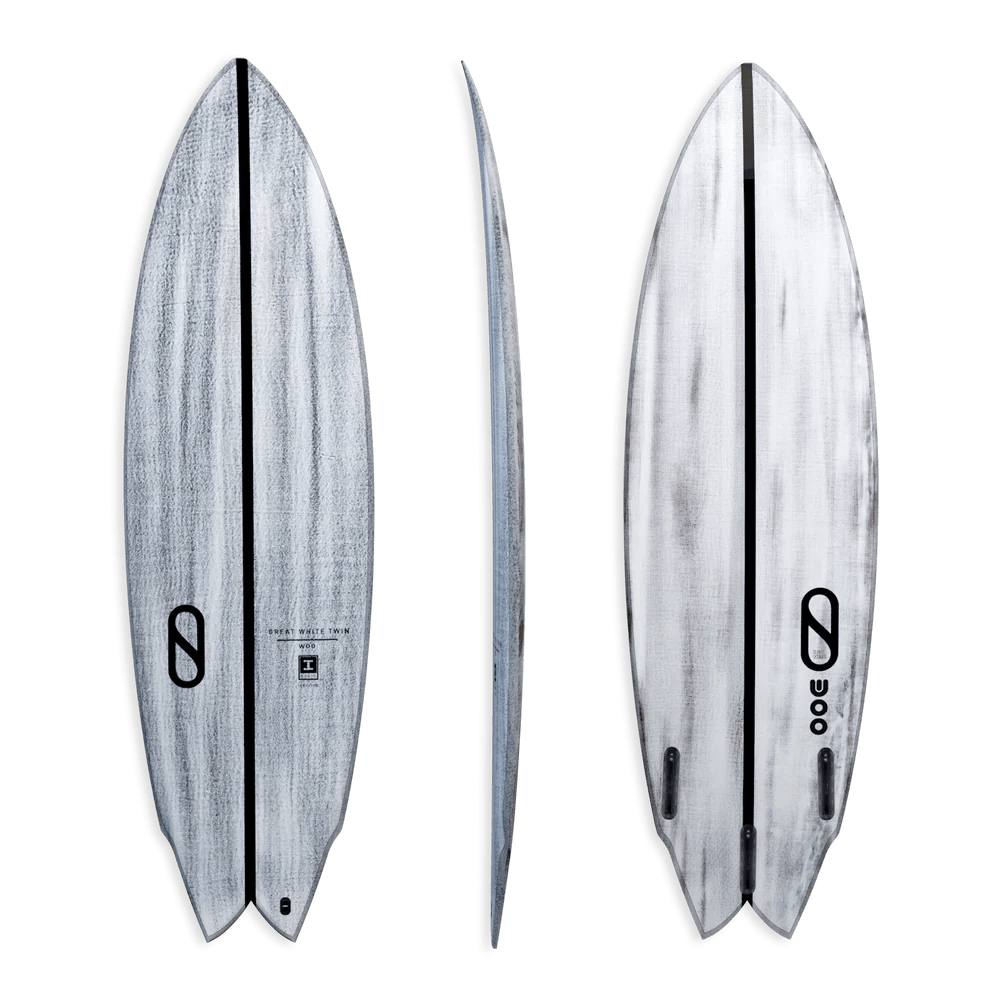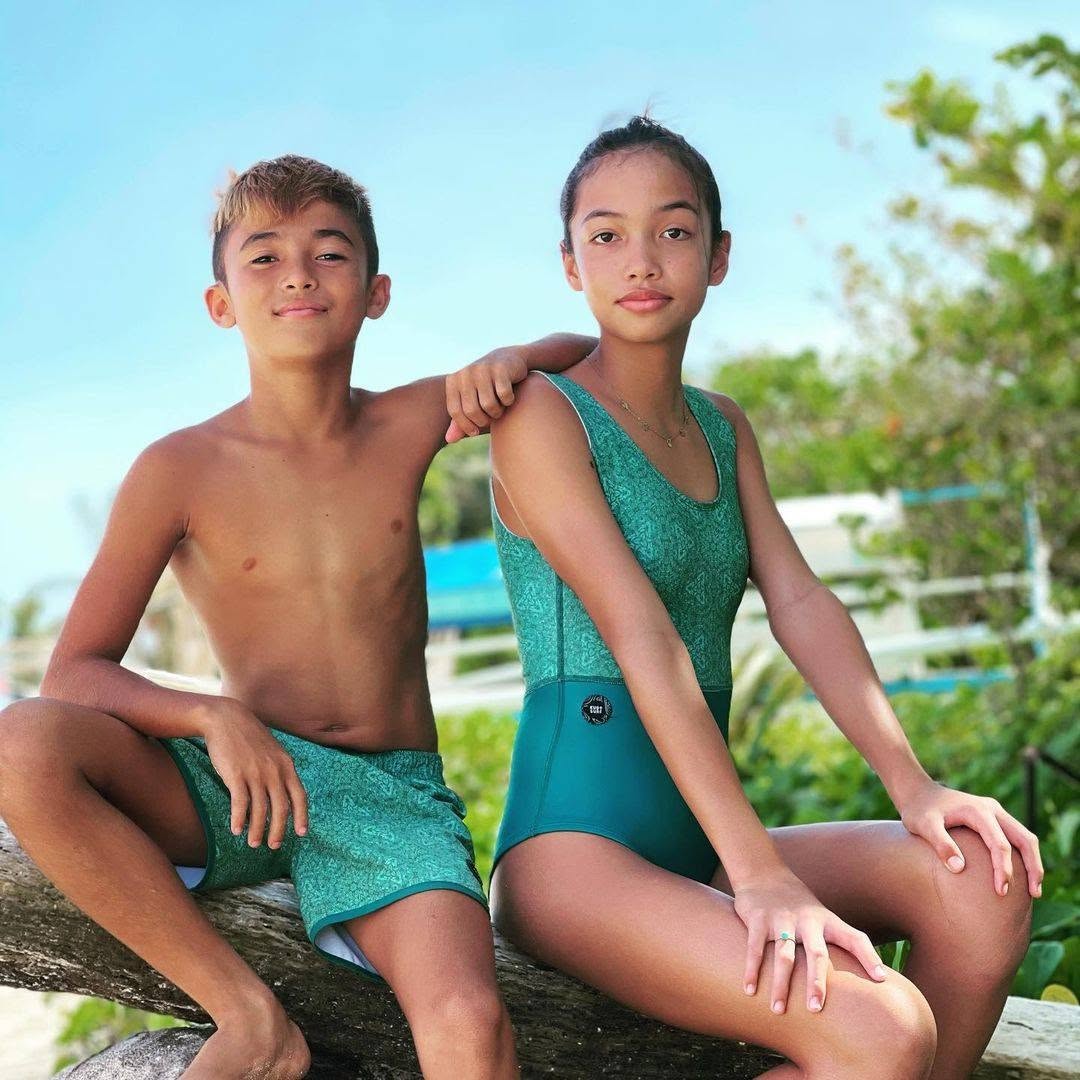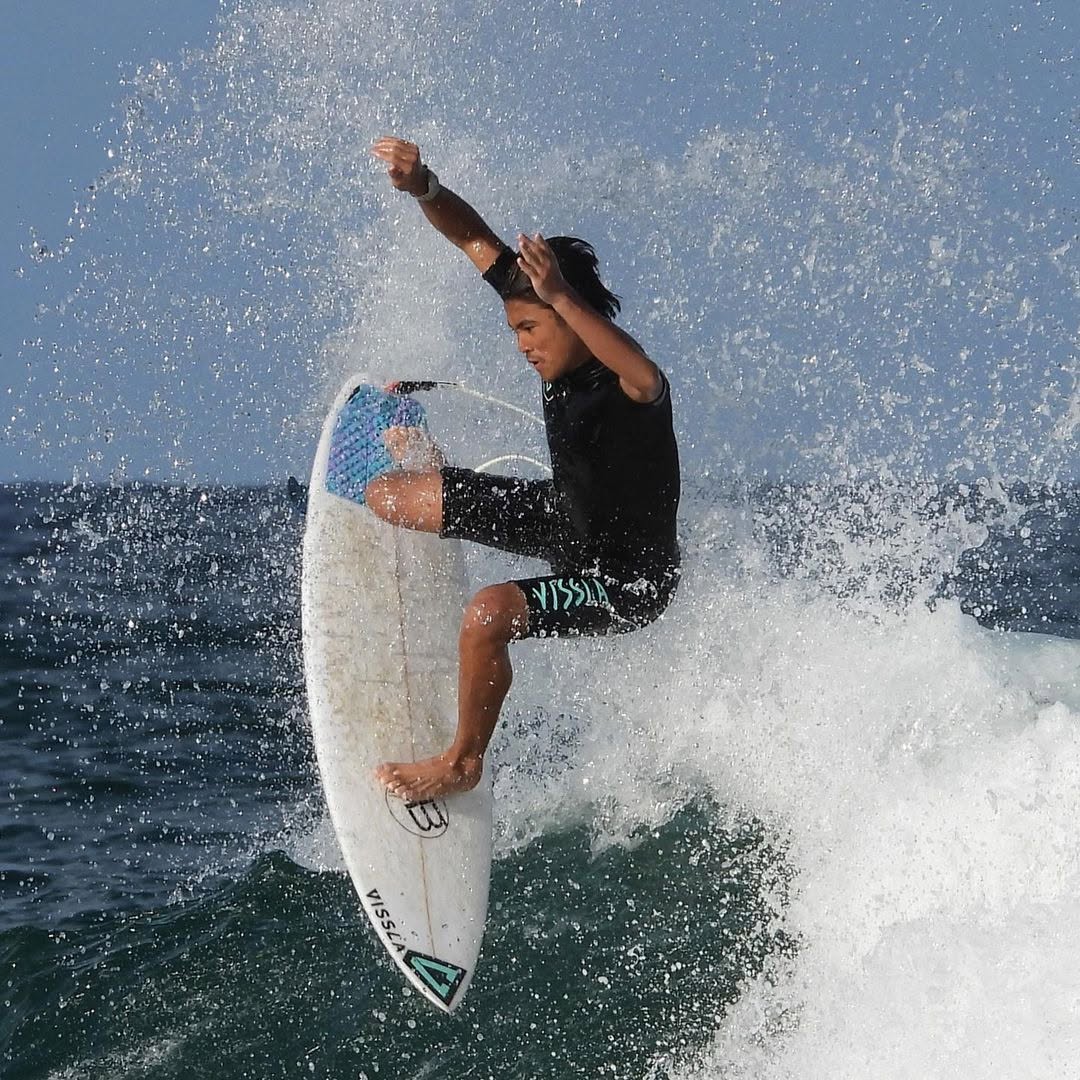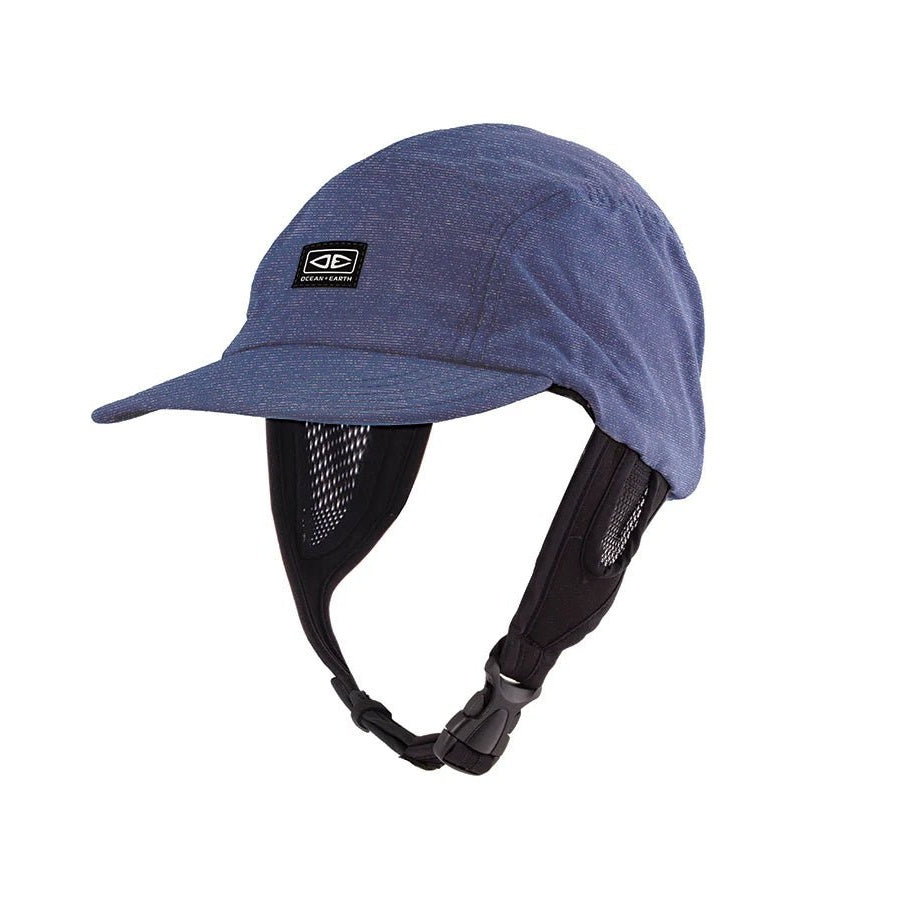The surf season in Siargao can be a very tricky time for a traveling surfer with the intentions of scoring weeks or even months of epic swell upon swell action. Many individual events need to align with Siargao’s surf to make for an epic surf holiday, with world-class waves continuously rolling in.
With the entire Pacific Ocean crashing on the Philippine’s eastern edge, it seems that the island should be inundated with major swells. Yet, the region gets a harsh but fair nickname, “The Ficklepines,” as surfers get skunked and find themselves island hopping and feasting their eyes on the beauty of the nearby islands, which isn’t entirely bad at all. But when you left your busy work routine back home for a much-anticipated 2-week surf holiday; island hopping just doesn’t fill that void.
To help you with your decision, here’s a quick breakdown of the surf year in Siargao.
Season One: SUMMER (From May to August)
With a 40-degree air temperature, 30-degree water temperature, and the sun shining 90 percent of the time – it’s a wonderful time to be in the Philippines – unless you are looking for waves. This is where many uneducated and non-savvy surfers find themselves in the Philippines and enjoy the great Pacific lake with the swell almost never jumping above the 2-foot mark. Free diving, fishing, and shenanigans of that sort fill these long, slow months. Indonesia scores during this time of the year, so it can be a very tough time on Siargao when all that rolls through your news feed is "Uluwatu this" and "Keramas that".
There is still hope though. Every now and then, the ocean will come to life with a sneaky low-pressure system feeding off the warmth of the ocean and developing into a typhoon. These systems are rare and very unpredictable, generally giving joy for a day, up to an entire week. So if you can jump on the next plane to the Philippines at the drop of a hat and chase the typhoons, summer is a gamble and sometimes you can win!
Season Two: HABAGAT / OFFSHORE SEASON (From September to October)
If you are a surfer looking for waves in Siargao and don’t mind a few people in the lineup – this season is a perfect time for you. The warm ocean cooked up during the summer season helps contribute to the surf Habagat season. Generally, the ideal surfing conditions should be from typhoons after typhoons hitting the PAR (Philippine area of responsibility). The ideal typhoon starts below Guam, strengthens, stalls, and grows as it slowly tracks in a northeasterly direction. The bigger the typhoon, the bigger the waves and the slower the traveling speed of the system, the longer the swell will hang around.
In most cases, the storms generate near Guam and race up towards Taiwan as fast as possible allowing only a decent swell of three-day surf or more – if you get lucky. Then it quickly swings from a perfect northeast direction to a straighter northern swell, which changes the locations that are firing almost daily.
You can just hope that there are several systems one after another repeating the swell cycle again and again. A good season will see surf breaks empty at four-foot as surfers usually take a break in between swells to recover from the reef cuts and push the local board repair shops to fix the many dings and snaps before the next pulse. However, a bad season means you could be sitting on your board at Cloud 9 in two-foot conditions with fifty other hungry and frustrated surfers.
Season Three: AMIHAN / WET SEASON (From November to February)
During this time of the year, the Chinese and Japanese cold climates start ruffling the Philippine Seas as the northeast trade winds generated from the Northern Hemisphere hammer the east coast of the Philippines. This, in turn, brings almost nonstop onshore winds varying from northeast to southeast with an average of 20 + knots for weeks on end. Generally, the swell during this period is the most consistent and will seldom fall below the one-meter mark.
The onshore winds and relentless downpours make it hard to score a perfect day. However when the winds subside and the sun is gleaming and all the conditions align pure froth can be found. There are also a few nooks and crannies on the island which are unaffected by torrential storms and can still work. Generally speaking, this season isn’t the most pleasant time to be in the central Philippines as typhoons take a more direct route towards the small island.
Season Four: THE CALM AFTER THE STORM (From March to April)
This is definitely an underrated season by surfers in the Philippines. With still a lot of the energy left over in the Pacific Ocean from the wet season and as the winds slowly ease back, the swells continue. You’ll unlikely score any major swells but a good and consistent shoulder to head-high waves with light variable winds open up plenty of opportunities to travel and surf unfamiliar waves in Siargao.
Like so many surf locations, there are thousands of factors that will change your memory of an epic surf session and the reality of trying to relive it years later at the same time of the year in the same location might be futile – often resulting in letdowns and disappointments. El Nino, La Nina or neutral weather patterns also play a huge part in how the season will play out.
Philippine surfing will teach you patience and perseverance. But if you want to maximize your chance of an epic surf trip – do some homework. Study the weather maps and watch out for low-pressure systems. With the Internet these days, you’ll get access to swell and wind information through a few clicks of a button.
Surfing will always have inherent mysteries and the spirit of adventure and the endless pursuit of stoke should drive you far and wide. When you strike gold, you can also score some of the most epic surf of your life while being in the company of the most amazing people in the world – the Filipinos. You will live the dream.
by Johnny B









